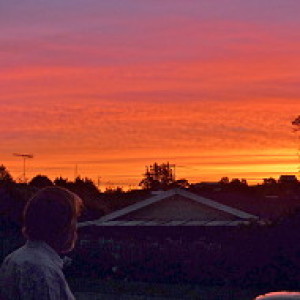Tuturiwhatu; New Zealand Dotterel
I took the boys on a walk across the mudflats to work up an appetite for lunch (me, rather than them!). My aim was also to photograph some birds. Anticipation of walking on the mud induced some mild reluctance which was replaced instantly with glee and gusto once they felt the mud squish between their toes, and the water could be splashed on themselves and each other. Surprisingly, their noise made little impact on the birds.
I was delighted to see half a dozen or more of these tuturiwhatu running around, feeding and generally being dotterels. Despite having the telephoto lens on maximum (300mm) I couldn't get close enough to get a photo like this without cropping/enlarging the image before posting it.
I have made no other changes.
Although much rarer than the Banded Dotterel (which shares the Maori name of tuturiwhatu), I am sure that I have identified this one correctly, as it is bigger than the smaller dotterel, and the colouring is more in keeping. I also saw heron, oyster catchers and pied stilts. My attempt to photograph a heron in flight was one of my better efforts, but still not good enough to supplant this.
Just before we left the mudflats I saw a larger wader, and got as close as I could, which wasn't very close. Unfortunately, my focussing left something to be desired. Unfortunate because from the photos I do have, I am unable to identify it. It is a little bigger than the dotterels, but smaller than the stilts. Its beak is as solid as, but longer than, the dotterels; thereby being as long as and more solid than the beaks of most of the waders with long beaks. It would have to be an albino oystercatcher to be one of that species; but it was smaller than an oystercatcher.
A bit of research needed.
By the end of the walk, and the spotting, the boys were still enjoying the mud and the mess, and also bird spotting. They liked it; as did I.

Comments
Sign in or get an account to comment.


